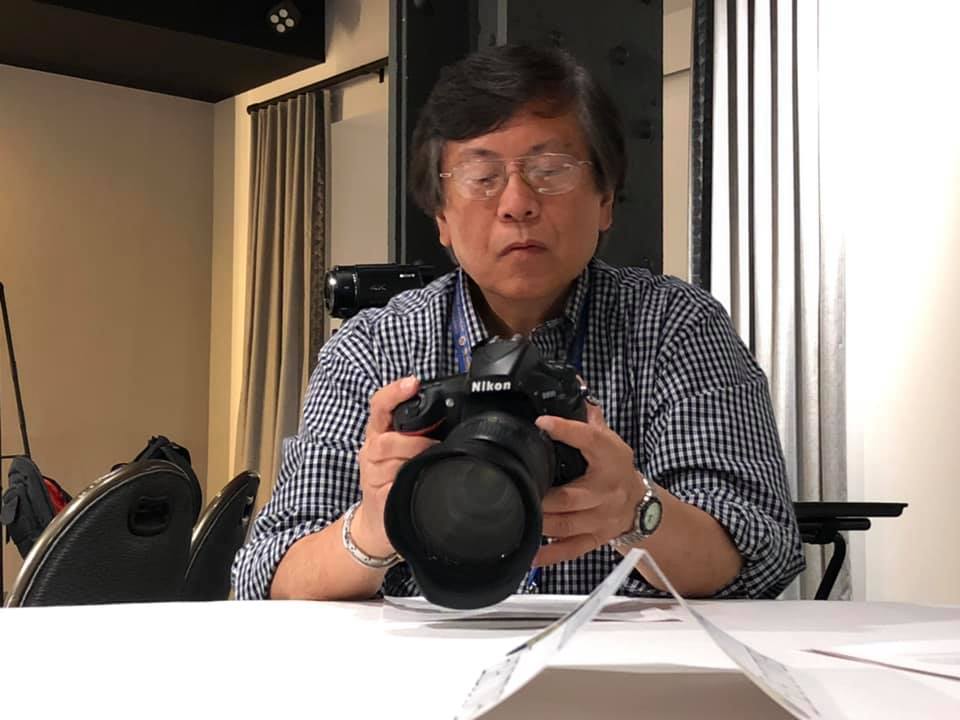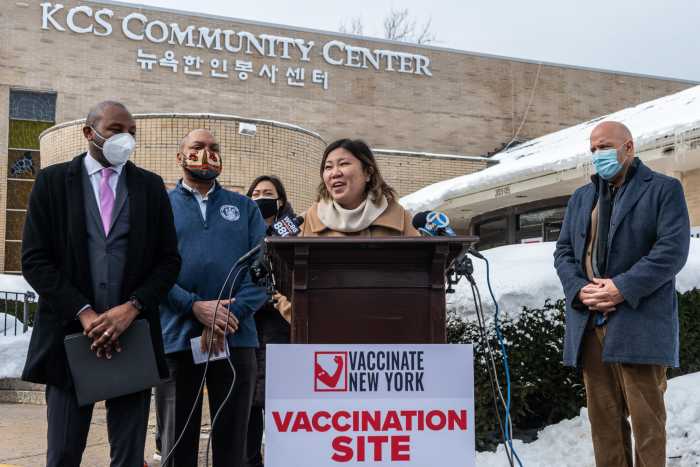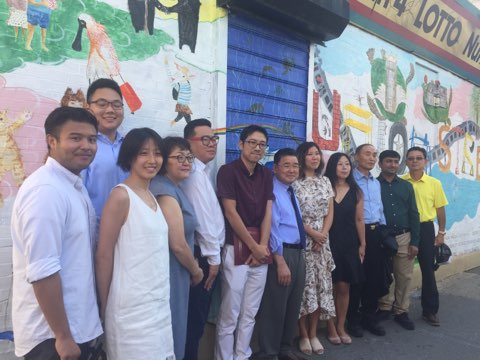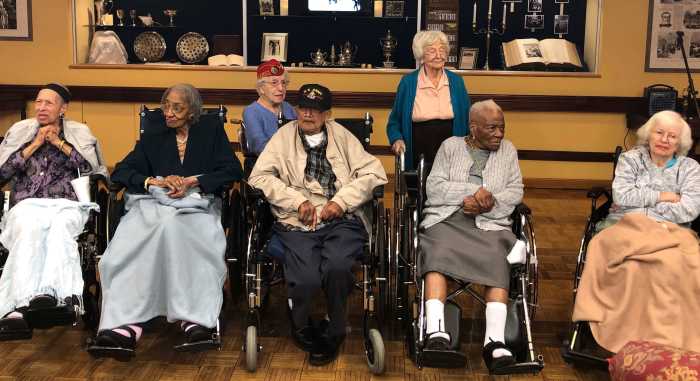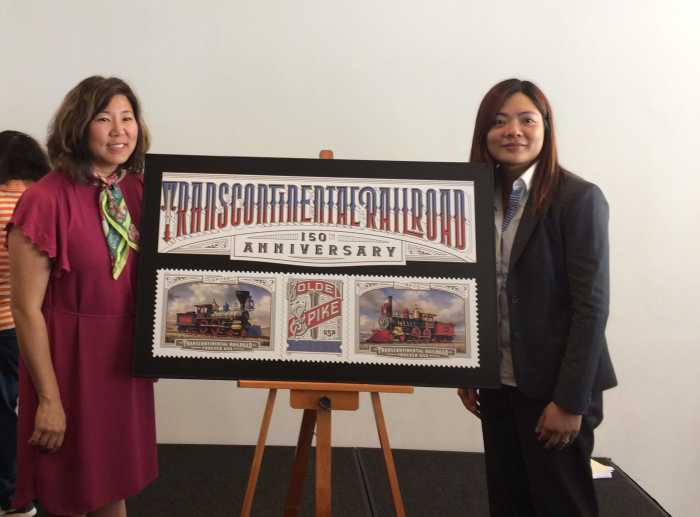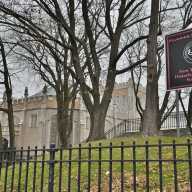A civil rights champion from Queens should be honored by the Smithsonian Institute, according to Congresswoman Grace Meng.
Meng stated her case in a letter to the leaders of the iconic Washington, D.C., museum that Corky Lee, a native son of Elmhurst and prolific self-taught photographer who captured Asian American lived experiences in the United States should be the subject of a special exhibition showcasing his body of work.
“Photographs are powerful tools and mediums to communicate the human experience. Corky understood this when he studied at Queens College in the mid-1950s and saw a photograph of the Transcontinental Railroad that depicted no Chinese laborers despite them having built it,” Meng said. “From that moment, he dedicated his life to covering our community and making sure our cries, struggles, laughter, and solidarity with others were captured.”
At the 145th anniversary of that 1868 photo, Lee gathered a flashmob of 250 Asian Americans, many wearing period costumes, for a re-staging of the iconic photo. Lee went on to chronicle his community during the 1975 protests against police brutality to the gentrification of Chinatown and continued to document the community’s struggles with last year’s scourge of anti-Asian hate during the COVID-19 pandemic. He fell victim to the coronavirus in January at Long Island Jewish Hospital in Forest Hills on Jan. 27, at the age of 73.
Lee called his work “photographic justice,” and the camera in his bag became his “sword against discrimination and stereotypes. Meng called his contributions to the Asian American and Pacific Islander (AAPI) community unmeasurable.
“Over his 50-year career, he documented the life of AAPIs through the photographs he took, many of which sought to combat injustices that impacted AAPIs,” Meng wrote to the Smithsonian officials. “From historic moments of social and political upheaval, his photos covered anti-Vietnam protests, fair housing issues, the gentrification of New York City’s Chinatown, anti-Muslim hate post 9/11, the 1975 protests against police brutality, demonstrations following the 1982 murder of Vincent Chin, and many more. Corky was a walking museum, capturing the battles AAPIs fought, including that of anti-Asian hate during COVID-19.”
Meng urged the Smithsonian leader to include Lee’s work, as doing so “would ultimately inspire our nation’s diversity.”
“His whole life was focused on this — helping lift up our stories and giving voice to the greater AAPI community in the United States,” Meng said. “Let’s honor Corky by creating an exhibit at our nation’s national museum that highlights his work and legacy. I look forward to seeing this come to fruition.”
The Smithsonian Institute is the world’s largest museum, education, and research complex and consists of 19 museums and galleries.
Karen Zhou, Lee’s longtime companion, thanked Meng, state Senator John Liu, Assemblyman Ron Kim and several other elected officials “for their efforts in honoring Corky” and continuing his fight for racial justice.
“Corky’s heart belonged to the Asian American community,” Zhou said. “I am grateful to Congressmember Grace Meng and her colleagues for their request that Corky’s work be exhibited at the Smithsonian, as he wished. There, his photographs of Asian-American life and documenting Asian-American history will be available to all.”

